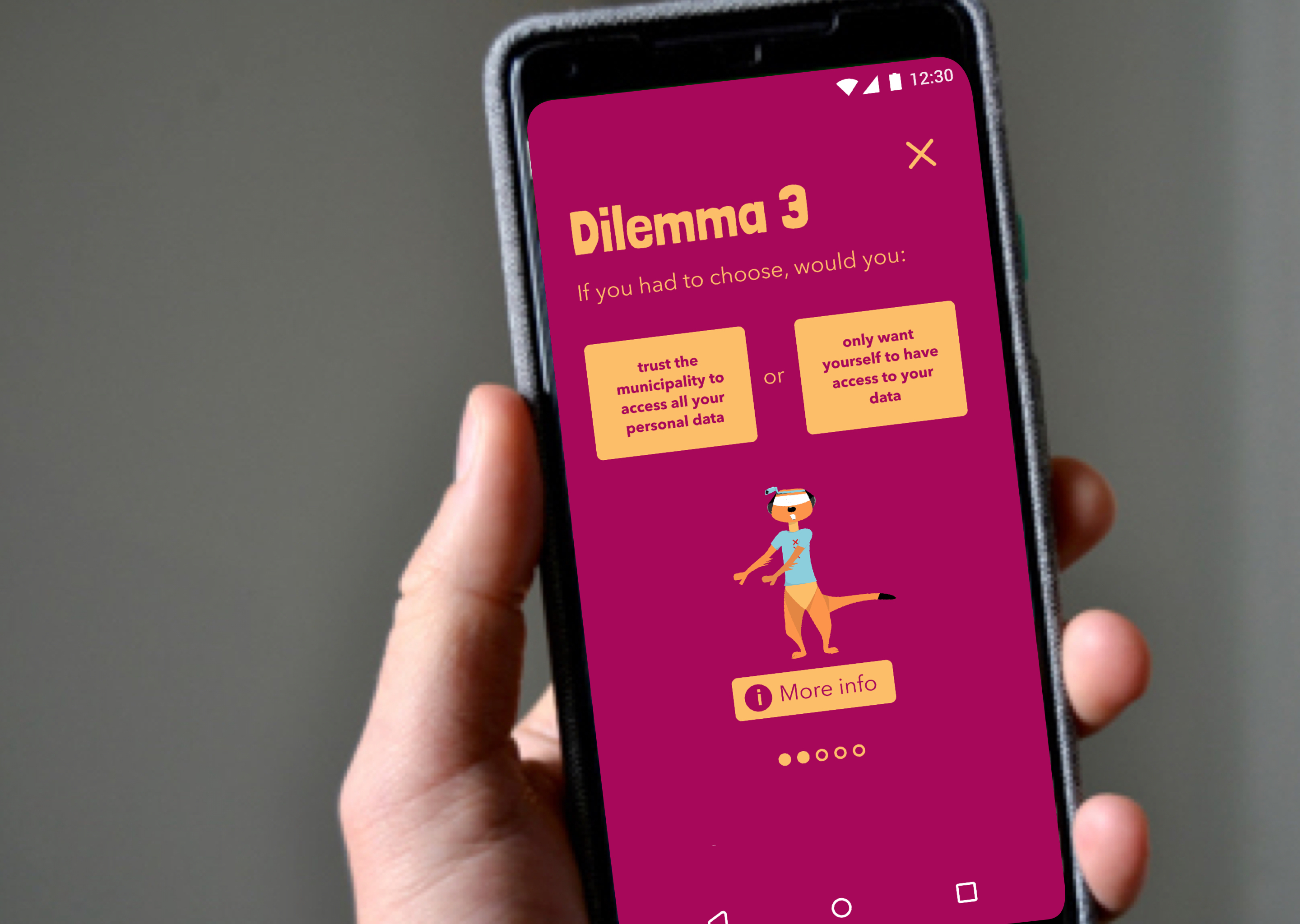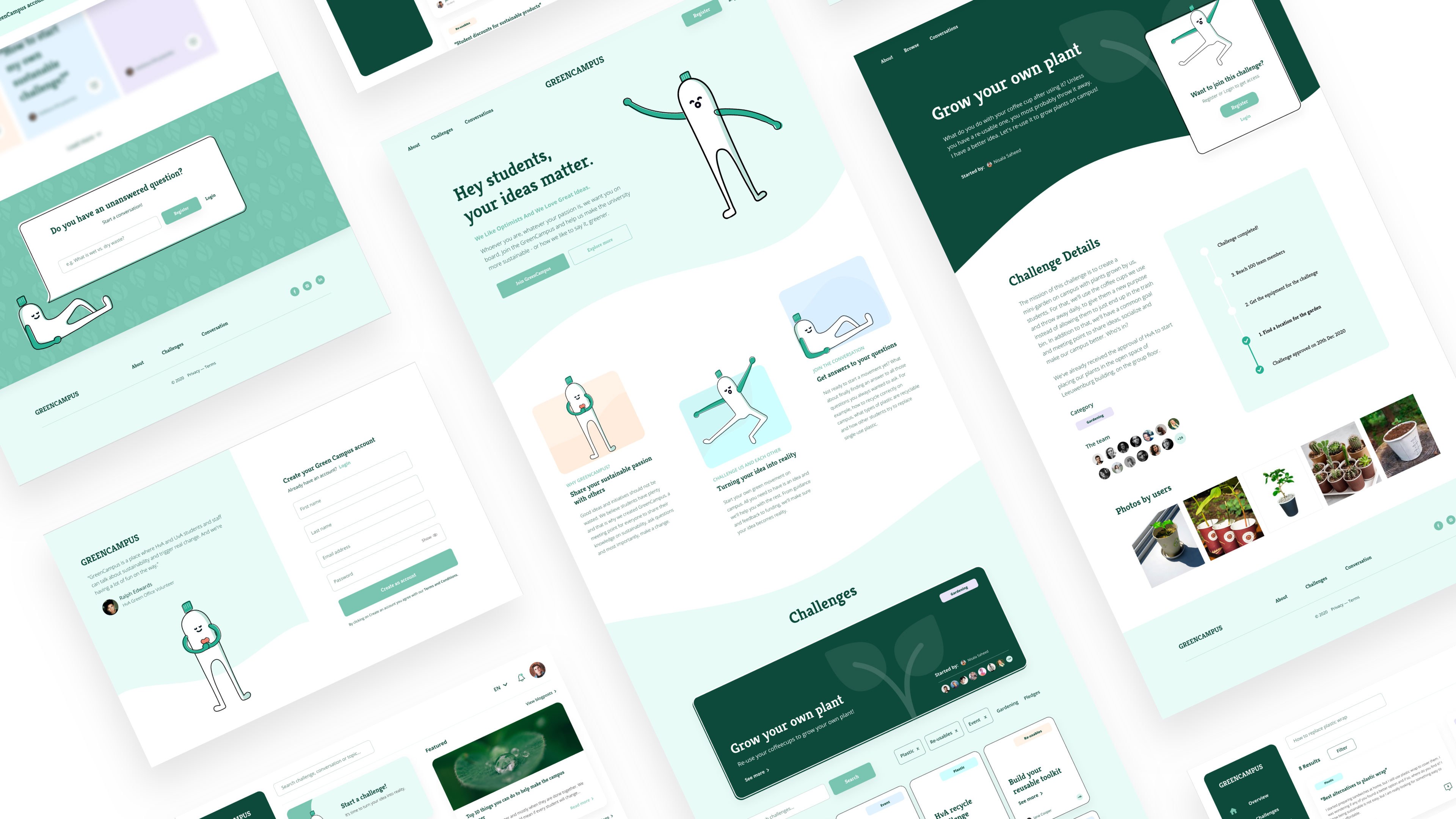
Linkzorg: Interaction design for inclusive healthcare access
Connecting vulnerable individuals to care, support, and dignity beyond the emergency room.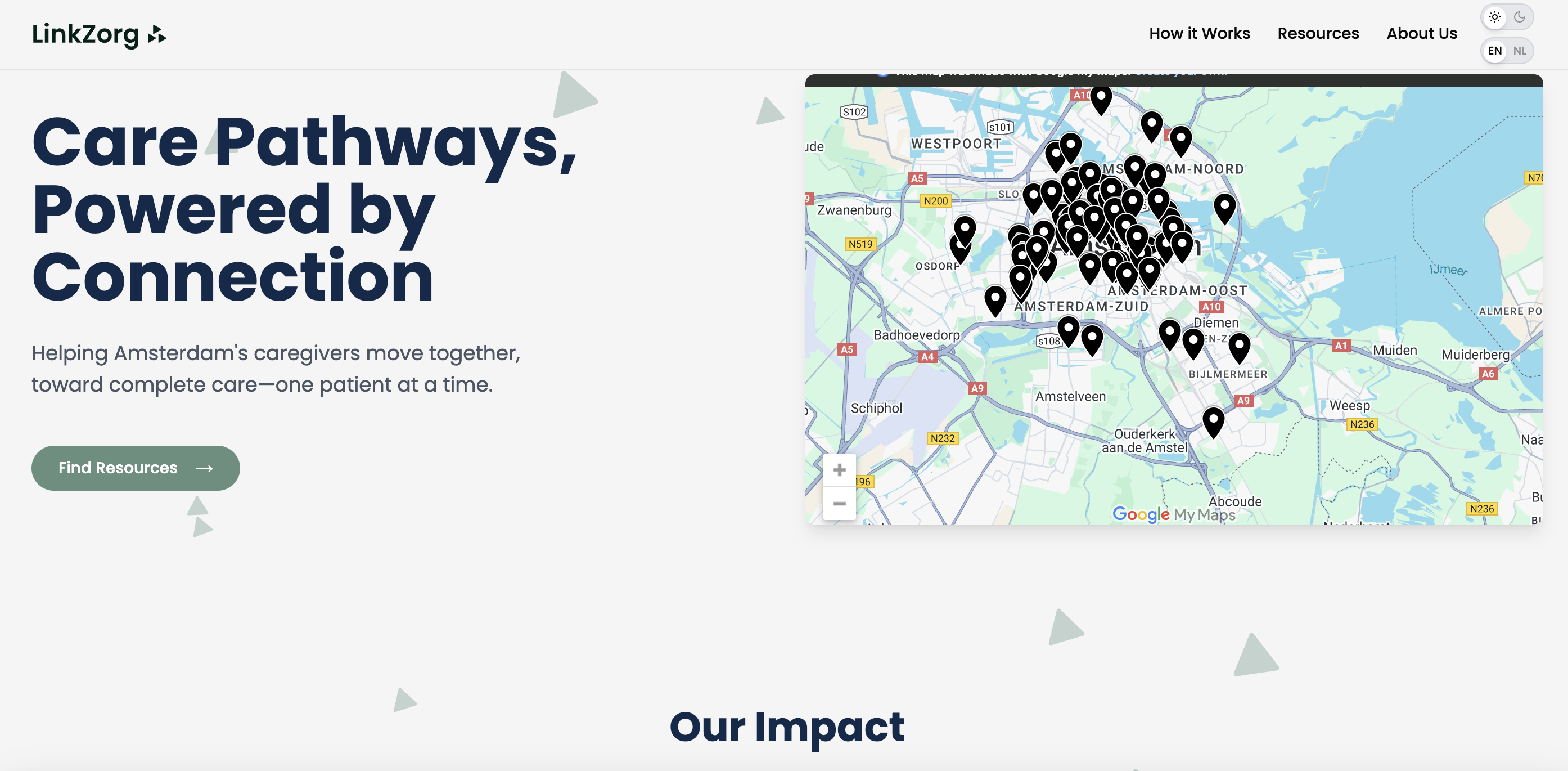
-
Client:
OLVG and in collaboration with De Valckenier and HVO/Querido
- Team:
-
Disciplines:
UX/UI, Visual Design, Speculative Design, Storytelling, Interaction Design
-
Schoolyear:
2024-2025
Set within a real-world context and in collaboration with healthcare institutions such as OLVG, HVO/Querido and other expert partners, this project invited students to explore how digital platforms can bridge gaps caused by lack of permanent addresses, limited internet access, and mistrust of traditional systems.
The brief encouraged students to frame their own design challenges-ranging from pre-hospital information flows to post-hospital support as well as preventative care - while considering accessibility, privacy, inclusivity, and sustainability.
By engaging with stakeholders-including healthcare professionals, advocacy organizations, and the target communities themselves-students were tasked with designing outcomes that were sensitive to the lived realities of those most at risk of exclusion. The project’s ambition was to create digital interventions that make healthcare more accessible, reliable, and humane for all, setting a new standard for digital design in the public health domain.
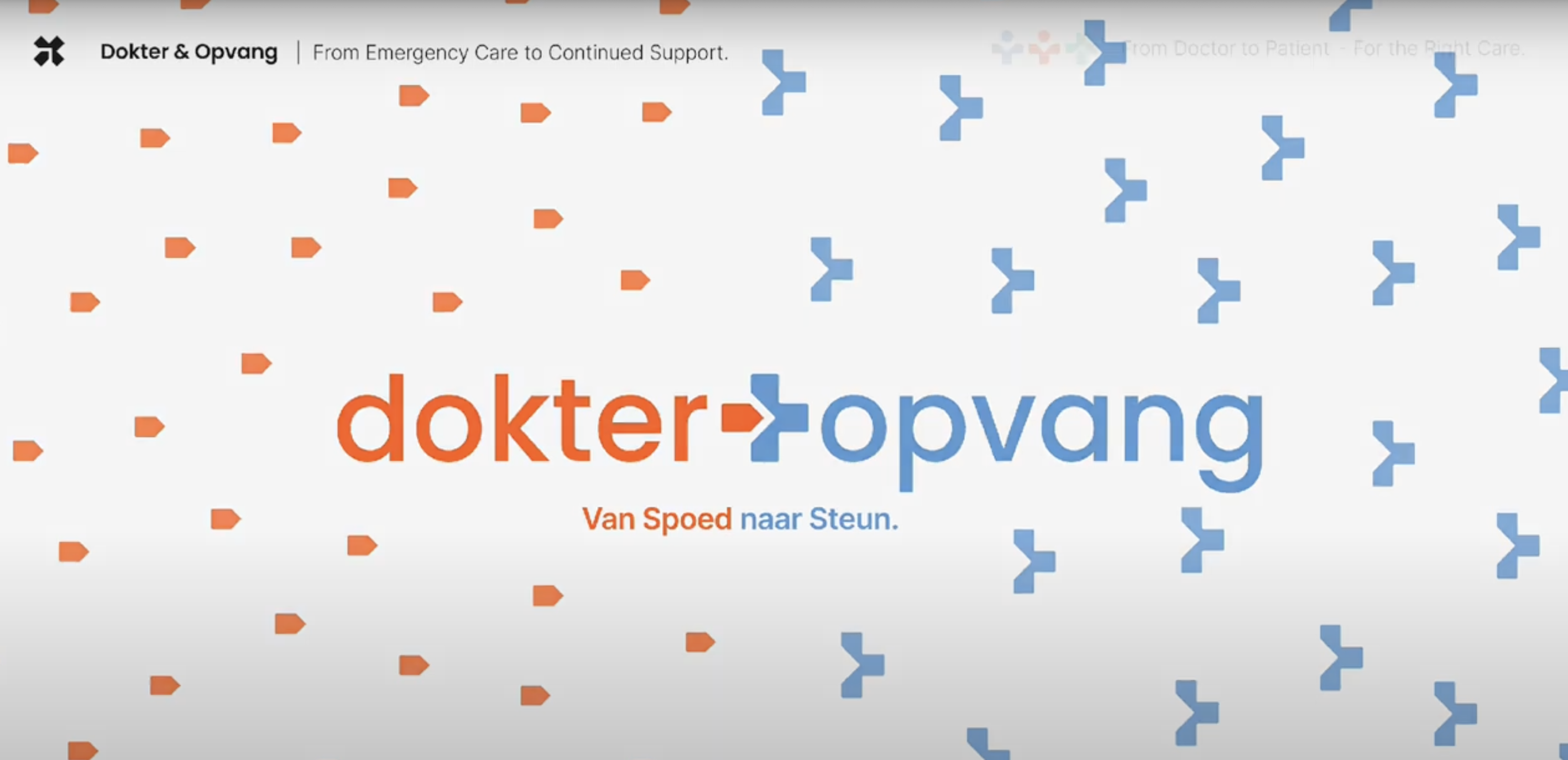
D&O: Van Spoed naar Steun. Ayu Koene, Victor Jimoh, Františka Jirásková, Matin Mohammadi
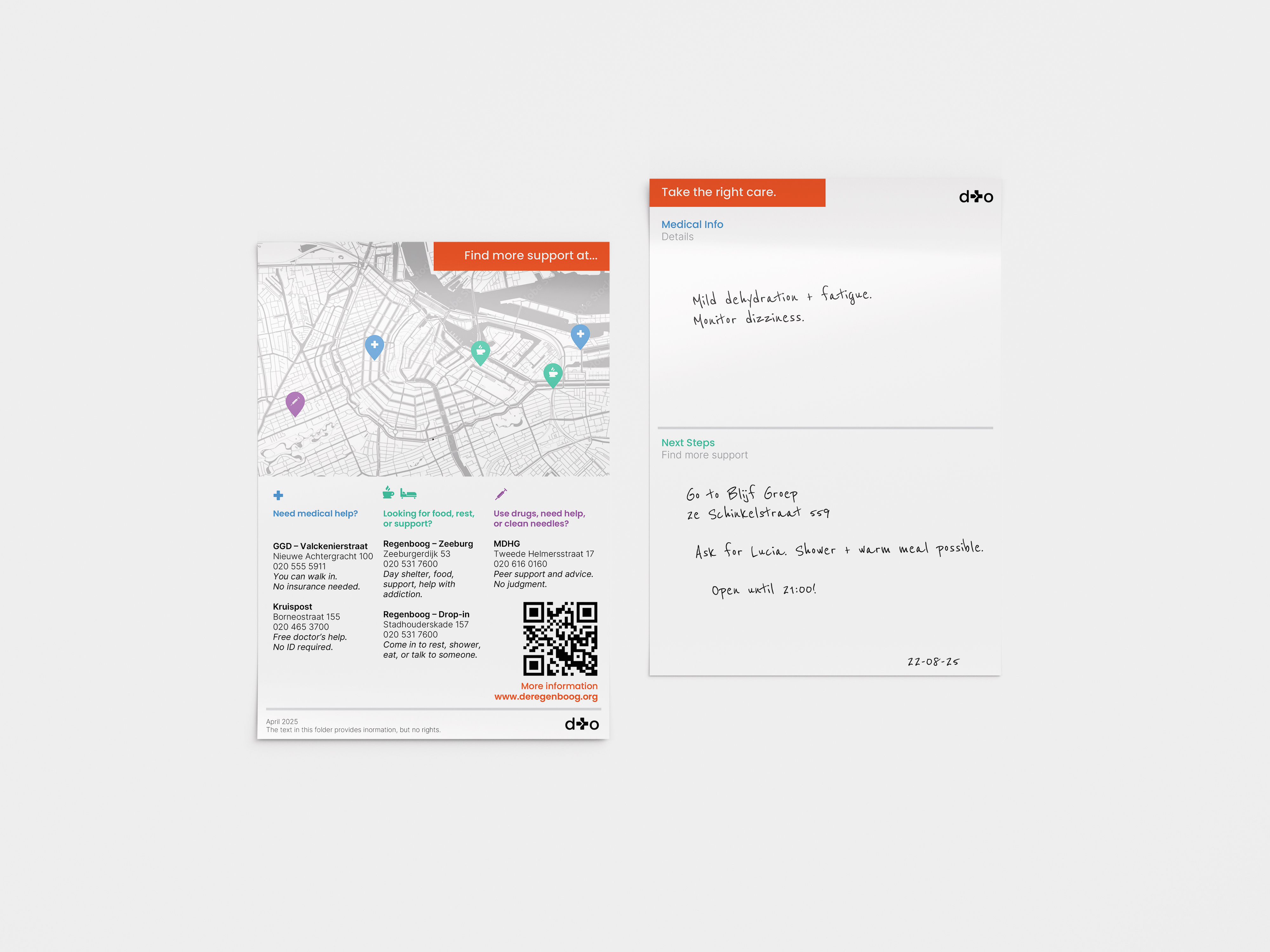
Within this context, two student concepts: D&O (Van Spoed naar Steun) and, Linkzorg, emerged as variations on a shared ambition: to bridge the gap between emergency and ongoing care for those excluded from mainstream healthcare systems. Both solutions focus on supporting emergency department (ED) staff in connecting patients to follow-up care and essential services after an acute crisis. D&O developed a digital platform to help ED staff quickly identify and refer patients to available shelters, clinics, addiction care, and social services, providing a clear overview and structured workflow for decision-making. Linkzorg, with a similar approach, mapped out support networks and resources, aiming to make the post-crisis journey more transparent and navigable for both professionals and patients.

By addressing the information gap and supporting continuity of care, these concepts demonstrate how thoughtful digital design can make a tangible difference for those at risk of falling through the cracks. While each solution offers a unique take on the challenge, both highlight the importance of small, targeted design interventions in creating a more accessible and humane healthcare system.
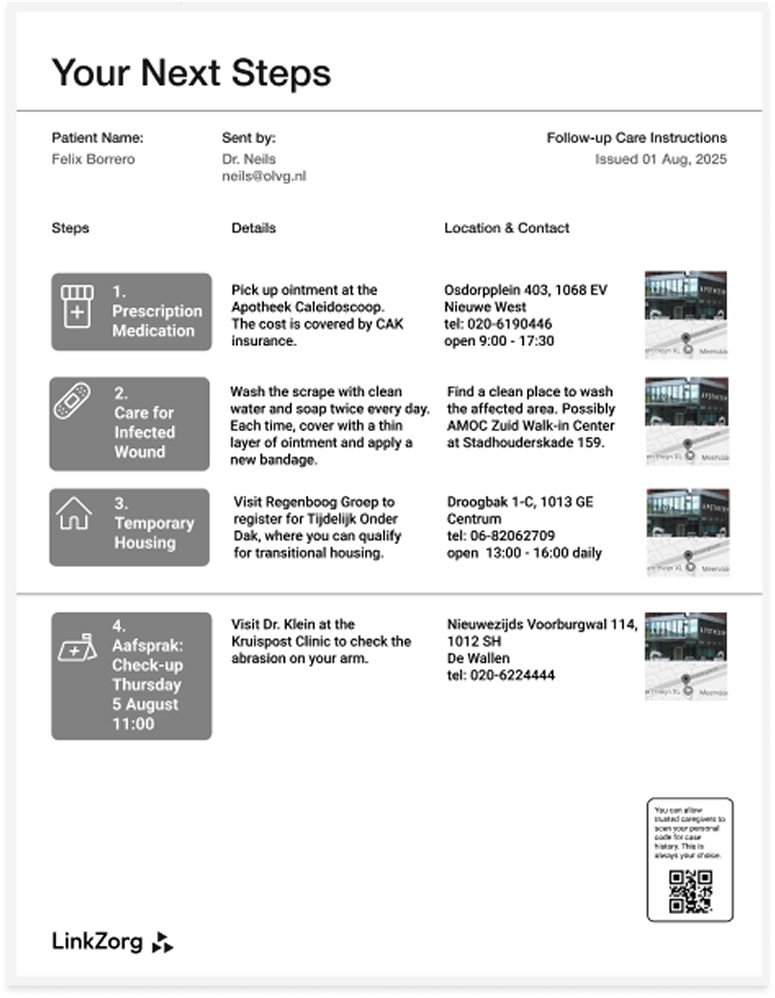
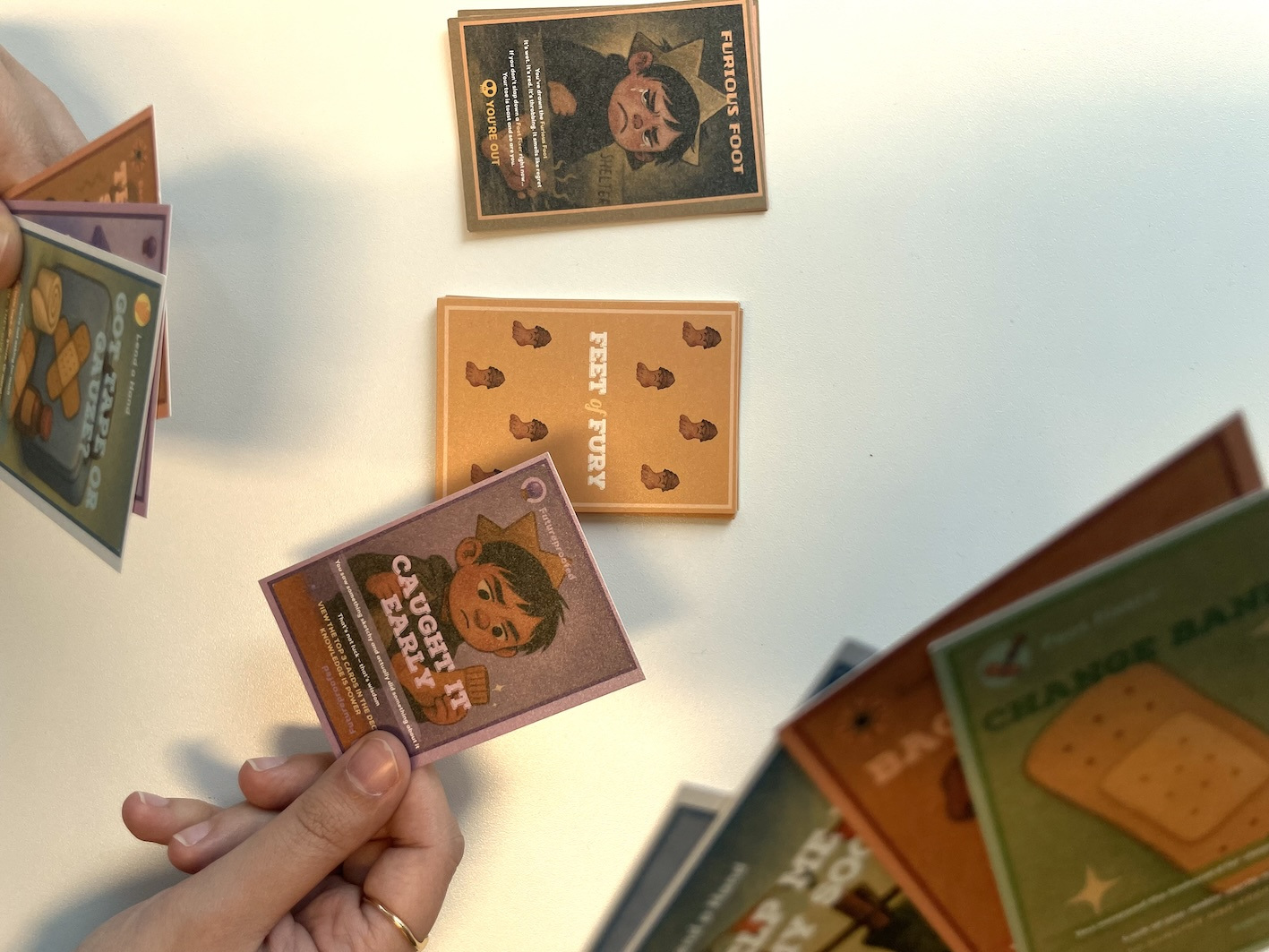
But what about prevention?
Another team focused on reducing the number of people who require emergency care. Through their research, they discovered that many of the reasons patients end up in emergency situations are actually preventable. By spending time with caregivers outside the traditional medical profession, the team realized just how vital human connection is in healthcare. Drawing on these insights, they developed a game designed to foster meaningful conversations and improve health literacy, ultimately helping to prevent unnecessary emergency visits.
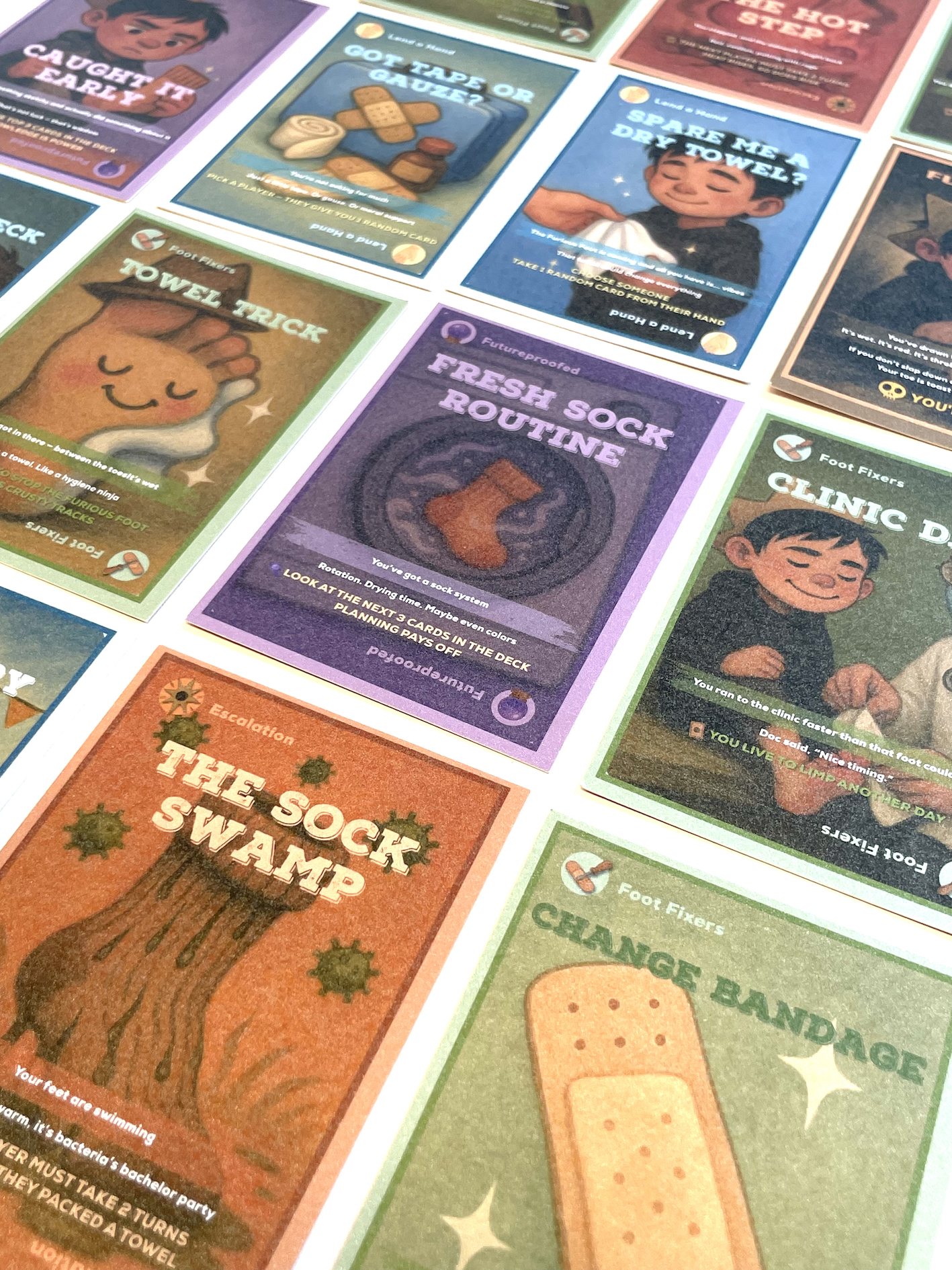
Feet of Fury
Feet of Fury is a card game, aiming to demonstrate how conversations about preventative care can be facilitated by volunteers and shelter workers between unhoused people themselves. By placing health knowledge into moments of trust and calm, like laundry time, volunteers like Samantha can offer something powerful: space for peer-to-peer learning.
What next?
Feet of Fury shows what can happen when healthcare conversations meet people where they are. What if more volunteers, shelters, and community spaces had tools like this? What if simple, low-pressure interventions helped build trust not just in healthcare, but in the people delivering it?
A glimpse of the future might look like this: stronger networks of volunteers, and even unhoused people themselves trained to hold space for peer-to-peer learning around personal and preventative healthcare.
It’s not about replacing doctors or clinics, but creating more points of contact where care can begin. A game, a conversation, a moment of recognition between people who understand what’s at stake.
